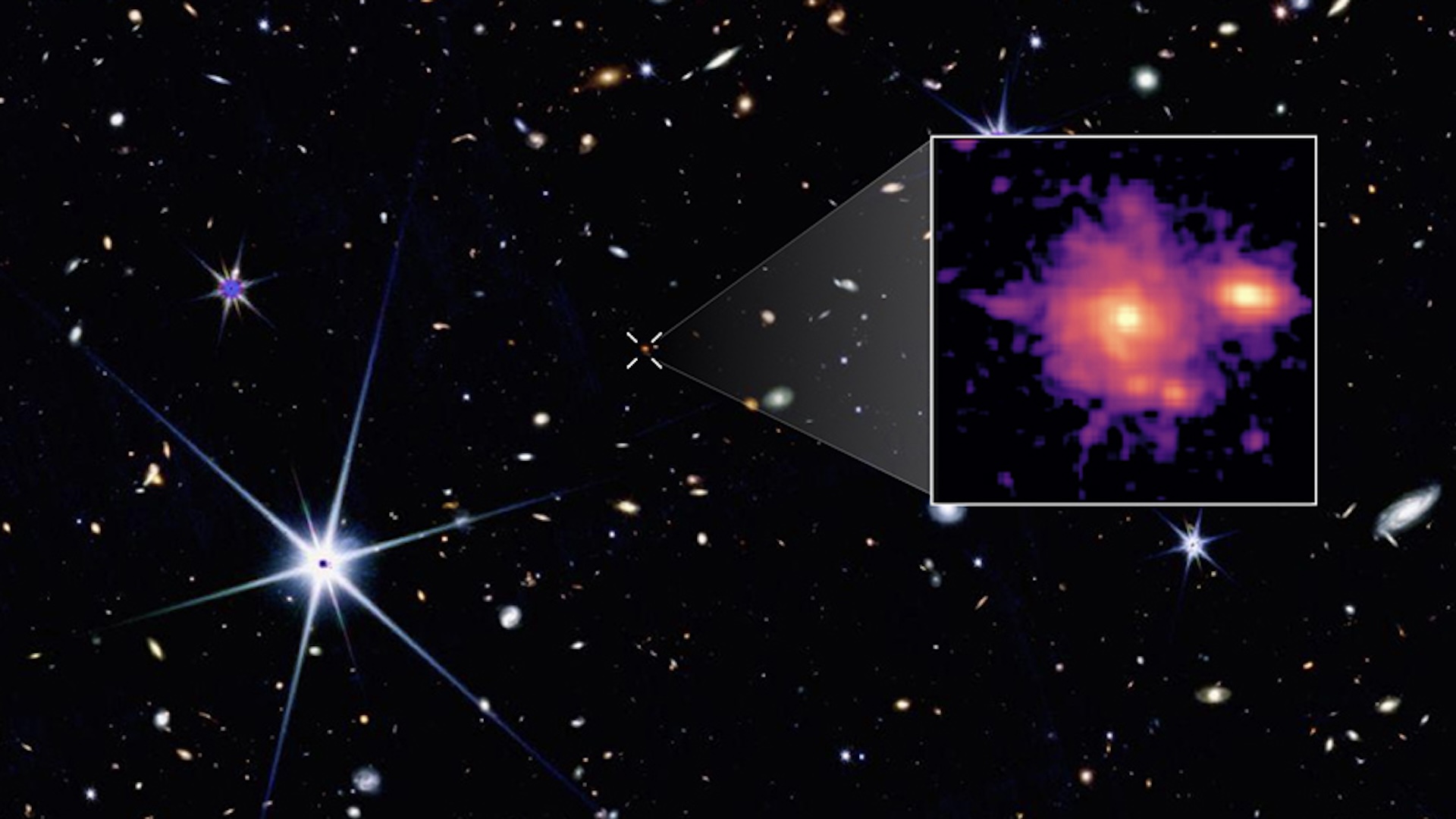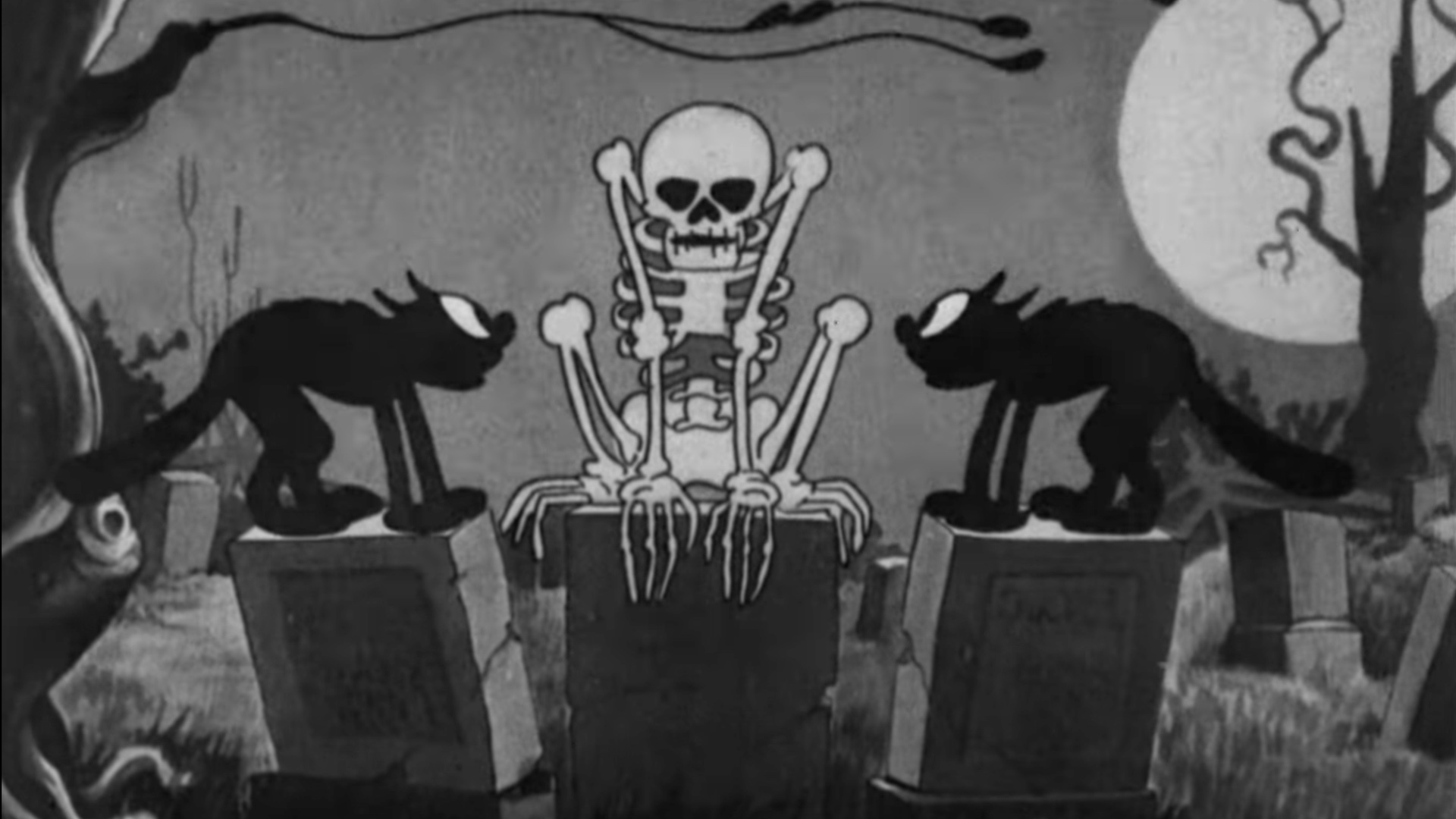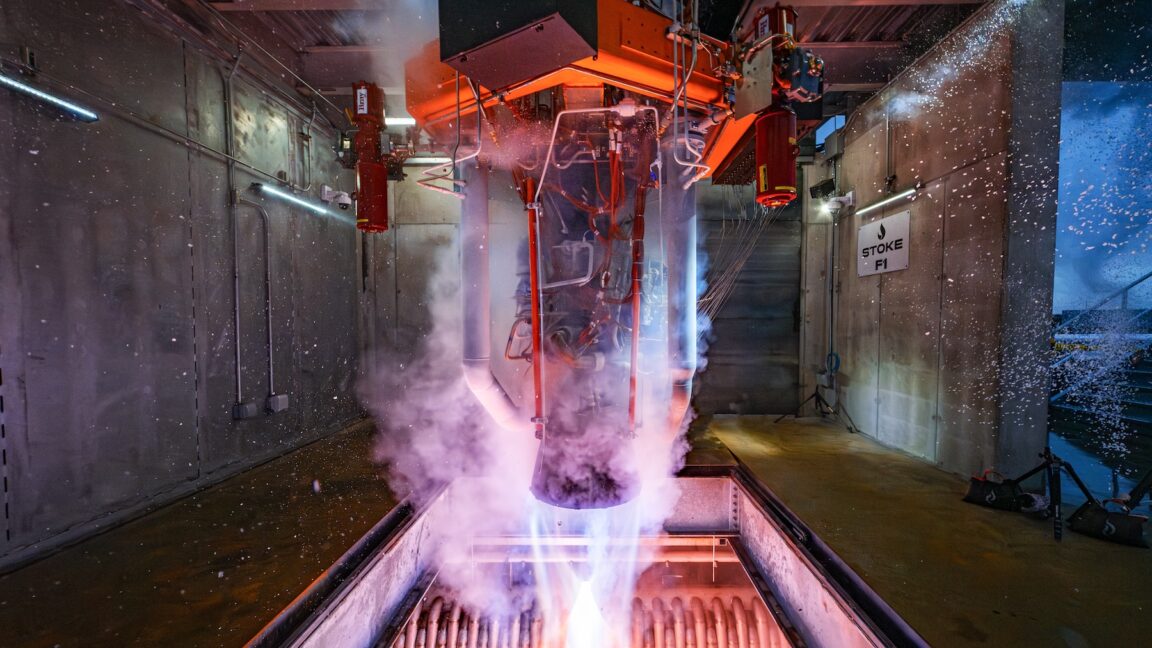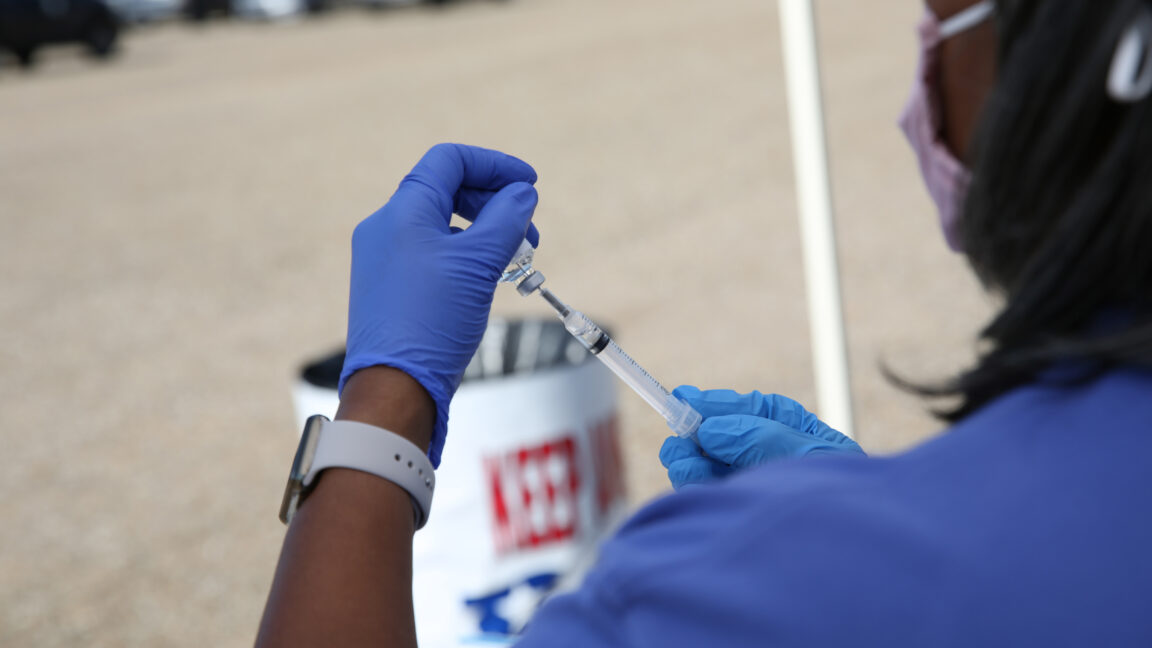James Webb telescope spots Milky Way's long-lost 'twin' near the dawn of time

When astronomers used the James Webb Space Telescope (JWST) to peer deep into the early universe, they made a serendipitous discovery: a galaxy that appears to be the Milky Way's ancient twin sibling waving its spiral arms back at us.
In new images that capture light emitted just 1 billion years after the Big Bang, when the universe was roughly one-fourteenth its current age, the newly discovered galaxy appears fully formed, with a central bulge of old stars, a vibrant disk of stellar newborns, and two distinct spiral arms. Given its recognizable features and impressive size, the researchers have dubbed this galaxy the most distant Milky Way "twin" ever observed.
The detection of such a fully formed spiral galaxy so early in cosmic time adds to many recent JWST discoveries that challenge our best theories of cosmology, which predict that large galaxies like this should take several billion years to form through an arduous series of smaller galaxy mergers.
You may like- 'We had less than a 2% chance to find this': James Webb telescope uncovers baffling 'Big Wheel', one of the most massive galaxies in the early universe
- Record-breaking 'dead' galaxy discovered by JWST lived fast and died young in the early universe
A full description of the galaxy — nicknamed Zhúlóng, after a mythical Chinese sun dragon whose eyes controlled the day and night cycle — was published April 16 in the journal Astronomy & Astrophysics.
"What makes Zhúlóng stand out is just how much it resembles the Milky Way — both in shape, size, and stellar mass," first study author Mengyuan Xiao, a postdoctoral researcher at the University of Geneva, said in a statement.
A serendipitous discovery
While Zhúlóng is unquestionably older than the Milky Way, it could be mistaken for our galaxy's "little" sibling. The new research estimates that Zhúlóng's star-forming disk measures about 60,000 light-years across, compared with our galaxy's 100,000 light-year breadth, and it contains about 100 billion solar masses, compared with the Milky Way's 1.5 trillion.
Still, Zhúlóng is by far the largest Milky Way look-alike spotted at such an early time in the universe's history. It formed more than a billion years earlier than the similarly shaped spiral galaxy Ceers-2112, which JWST discovered in 2023 at about 11.7 billion light-years from Earth.
Related: 42 jaw-dropping James Webb Space Telescope images
No genealogical tests were needed to find this long-lost sibling; the researchers discovered it by accident in PANORAMIC, a wide-field survey of billions of distant objects. The survey was taken in JWST's unique "pure parallel" mode — essentially, a way for the telescope to use two of its infrared instruments simultaneously to observe two different regions of space at once.
"This allows JWST to map large areas of the sky, which is essential for discovering massive galaxies, as they are incredibly rare," study co-author Christina Williams, an assistant astronomer at the National Science Foundation's NOIRLab and principal investigator of the PANORAMIC survey, said in the statement.
Deep-space rebel child
The serendipitous discovery of Zhúlóng adds fuel to an ongoing cosmological fire started by JWST several years ago. The telescope's observations of the early universe consistently show that objects there, including gargantuan galaxies and supermassive black holes, seem to have grown too big, too fast for our current best theories to explain.
It's thought that the Milky Way took several billion years to form, while Zhúlóng seems to have achieved a similar shape and size in less than 1 billion years. How this is possible remains "an open question," the team wrote in the study.
—Rare quadruple supernova on our 'cosmic doorstep' will shine brighter than the moon when it blows up in 23 billion years
—Atacama Telescope reveals earliest-ever 'baby pictures' of the universe: 'We can see right back through cosmic history'
—Scientists discover smallest galaxy ever seen: 'It's like having a perfectly functional human being that's the size of a grain of rice'
"This discovery shows how JWST is fundamentally changing our view of the early universe," study co-author Pascal Oesch, an associate professor of astronomy at the University of Geneva and co-principal investigator of the PANORAMIC program, concluded in the statement.
The researchers are proposing follow-up observations with JWST, as well as with the ground-based Atacama Large Millimeter/submillimeter Array in the Chilean desert, to get to know our galaxy's long-lost twin even better.









